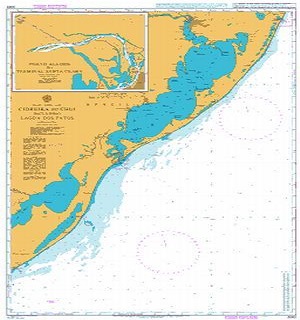Unknown waters, like unknown lands, project a unique sense of danger and fear into the bravest of hearts. It is, therefore, crucial to learn about such unknown waters before embarking upon the voyage. This is especially vital when the purpose of the journey is recreational and not a research or discovery. Even the experienced owners and crew members of recreational vessels utilize professional help in the form of cruising guides for recommendations about specific paths, obstacles on the waters and navigational hazards.
There are often cases when the popular navigational routes are changed and cruising guides also contains information of such essential changes too.
Besides for the recreational vessels, there are large ships that travel in troubled waters for industrial purposes too. For such large vessels that accuracy of the navigational charts must be the highest. Since any sort of hazard will lead to an unimaginable loss of both lives and finances, one must use admiralty nautical charts that are renowned for their accuracy and easily comprehensible data. Each chart is updated and corrected to the best information available about the safety and navigation in the waters before sale.

These charts become all the more important in areas that are heavily trafficked such as the English Channel, the Gulf of Suez, the Singapore and Malacca Straits.
There are often cases when the popular navigational routes are changed and cruising guides also contains information of such essential changes too.
Besides for the recreational vessels, there are large ships that travel in troubled waters for industrial purposes too. For such large vessels that accuracy of the navigational charts must be the highest. Since any sort of hazard will lead to an unimaginable loss of both lives and finances, one must use admiralty nautical charts that are renowned for their accuracy and easily comprehensible data. Each chart is updated and corrected to the best information available about the safety and navigation in the waters before sale.

These charts become all the more important in areas that are heavily trafficked such as the English Channel, the Gulf of Suez, the Singapore and Malacca Straits.




